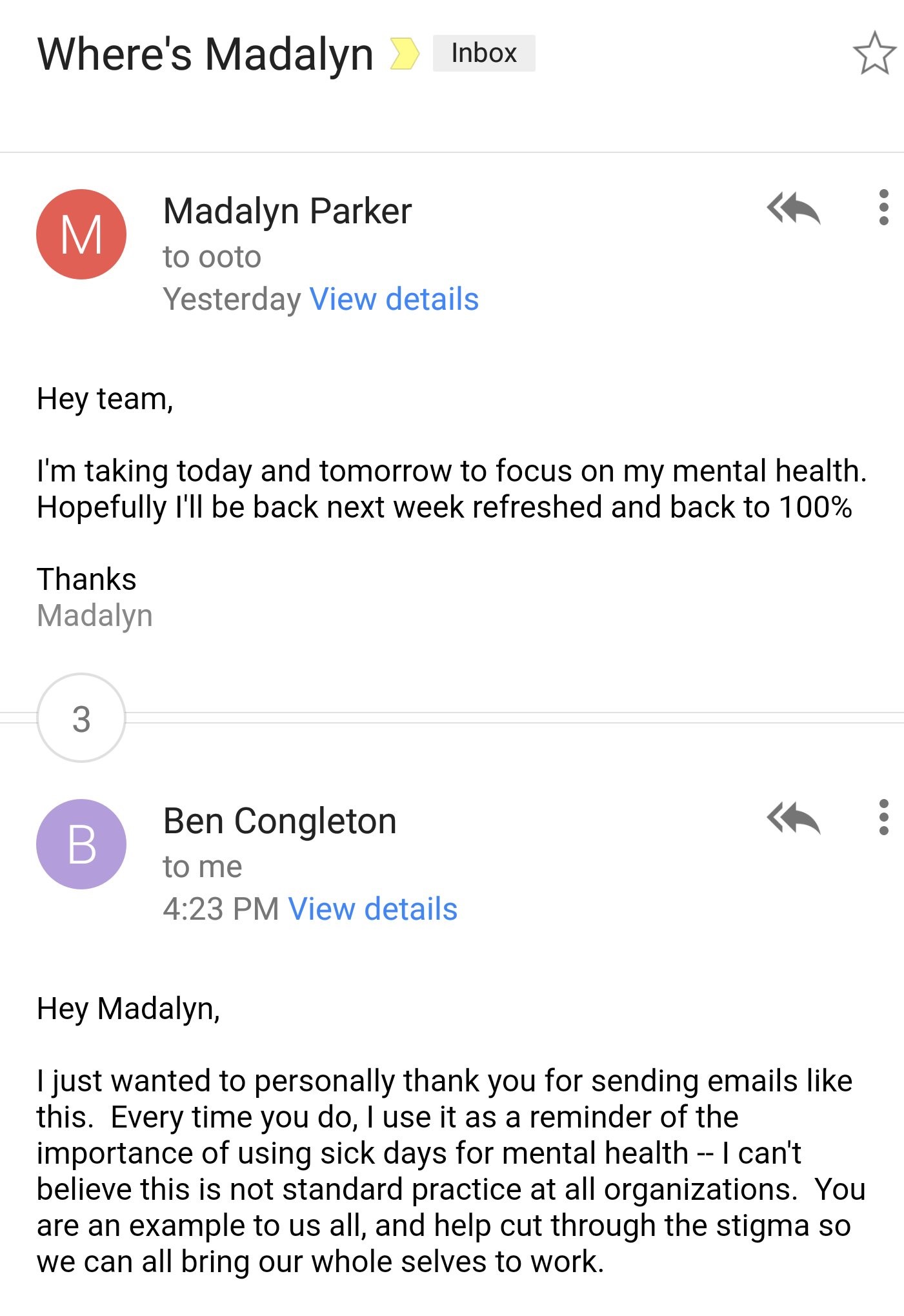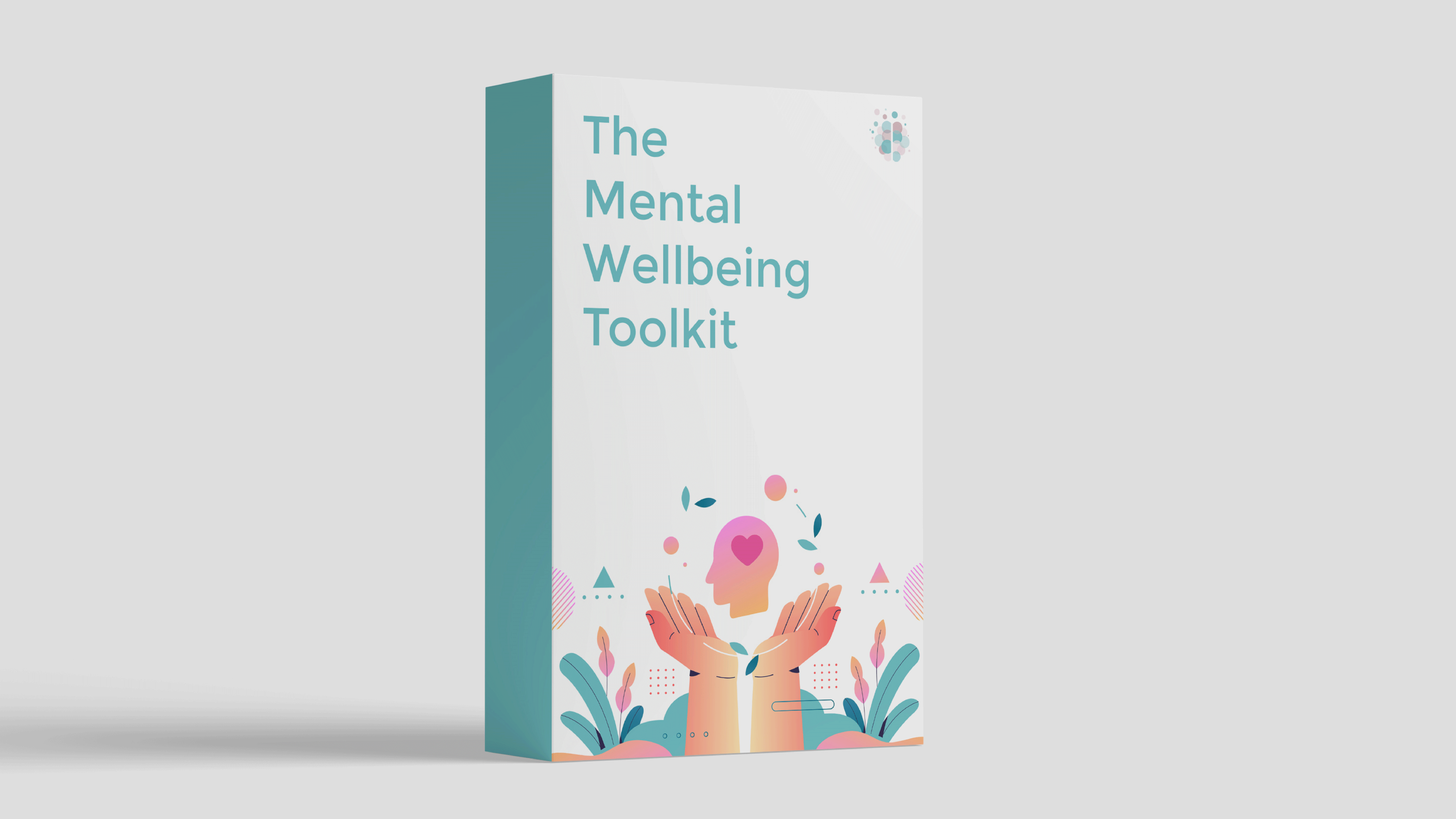It’s time for a mental health intervention in the workplace. Gallup’s State of the Global Workplace report reveals that American workers are part of the most stressed employees in the world, which is a red flag for employers and employees alike.
Gallup’s chief workplace scientist, Jim Harter, said daily stress, worry, sadness, and anger have continuously increased for American workers since 2009.
At present, about 57% of American professionals feel stressed in their workplace daily.
This high amount of stress and worry should not be normalized in work environments. So, if you want to protect your mental health, here are four tips for how to deal with stress at work.
1. Learn How to Say No to Unnecessary Tasks
Work can easily get stressful when you’re handling too many tasks. Our article on How to Say No notes that many people feel uncomfortable saying no to colleagues. It's understandable - we tend to avoid conflict and want to feel a sense of belonging in the workplace.
While this may seem like the right thing to do, the inability to effectively manage your workload plays a huge role in your stress levels. .
Though it may take a lot of practice, you’ll feel more comfortable saying no by remembering that you’re not responsible for other people’s feelings, behaviors, and workload. Once you’ve accepted this, it’ll be easier to recognize when to say yes and when to say no.
Be sure to check out our free Assertiveness Worksheets if you'd like a practical tool for this.
2. Open Up About Any Issues and Concerns
Opening up can be scary for both employees and leaders. However, mental health conversations at work should be encouraged because, as found in a TAG and LHH survey, 38% of workers and about 4 in 10 leaders suffer from burnout.
Rather than bottling up any work-related concerns, it’s recommended that both parties have meaningful conversations with each other to experience greater engagement, productivity, and even satisfaction in the workplace. .
Leaders should take initiative in this process to help employees feel supported and heard in their work environment. But at the same time, employers should also emphasize that employees can approach them and discuss issues with them whenever they have worries about work.
3. Include Healthy Habits Into Your Daily Schedule
When it comes to mental health, prevention is better than intervention. For optimal wellbeing, it’s vital to establish and maintain positive mental health habits which act as a buffer against stressors.Organizational psychologist Cathleen Swody suggests that leaders should serve as a role model in doing healthy habits, such as not working during the weekends and refraining from sending emails after office hours.
By doing these healthy work habits, employees will recognize that they can follow their leader’s footsteps and set healthy boundaries at work.
However, you can also take initiative and live a healthier lifestyle by making more room for rest and exercise in your schedule. Be sure to optimize your leaves to give yourself enough time to recharge from stressful events.
4. Don't Be Afraid to Look For Healthier Environments
Sometimes the best thing you can do for your mental health is to simply walk away.
Not everyone is lucky enough to have a leader that cares about people’s wellbeing, which is why it’s important to remember that you can say no to a toxic environment and look for better workplaces.
As noted in The Framework, Madalyn Parker shared this wonderful example of a supportive boss:

And Ben is not alone. The American Psychological Association points out that more employers are offering mental health support for workers.
The most common is flexible work schedules, while others note that their employers provide health insurance with mental health coverage. This goes to show that there are workplaces with cultures that can be good for your mental health.
Work-related stress is becoming more common, but there are steps you can take to protect your mental health and wellbeing.
Summary
To help protect your mental health in the workplace:- Learn how to say no to unnecessary tasks
- Open up about issues and concerns
- Include healthy habits into your schedule
- Don't be afraid to look for healthier environments
Self-Guided Support for Anxiety and Low Mood
Research shows that self-help materials are often enough for people to overcome mild to moderate mental health difficulties without professional support.
If you’re interested in a self-guided program that includes tools from CBT, DBT, ACT and more, be sure to check out The Mental Wellbeing Toolkit. It's "like 10 therapy sessions in one."

About Rebecca
Rebecca is the founder of The Wellness Society and has a background in mental health charity management.She's the author of two books which were previously on Amazon: The Framework and Understanding and Healing Trauma.
She's passionate about creating innovative, concise and compassionate mental wellbeing tools that address the root causes of distress.
